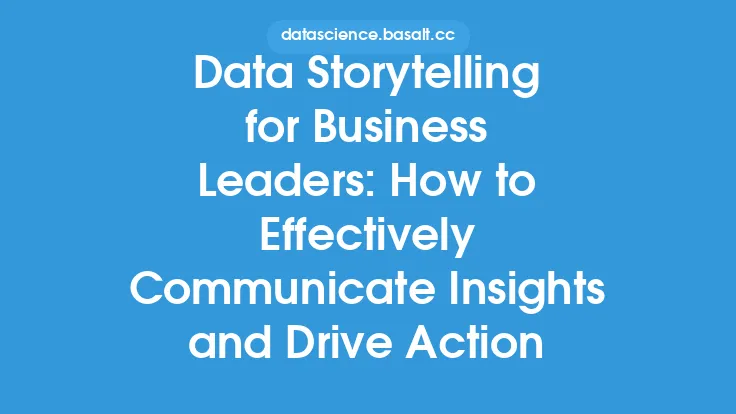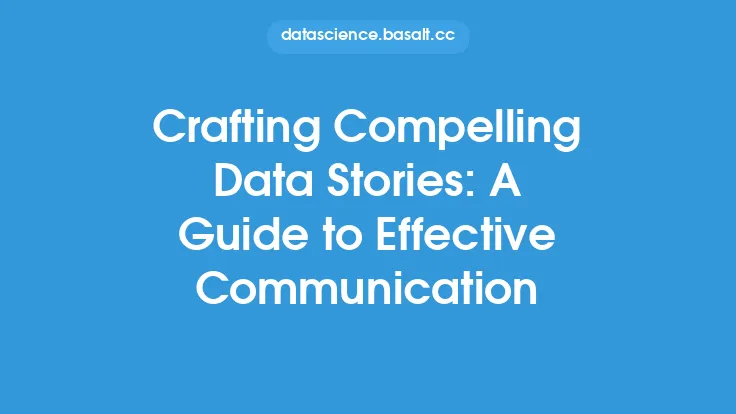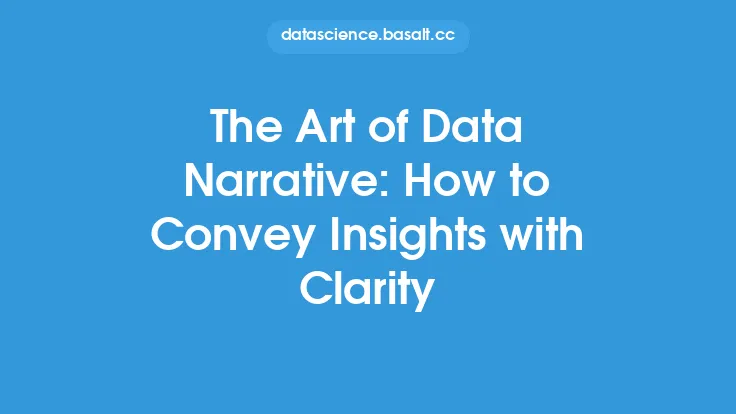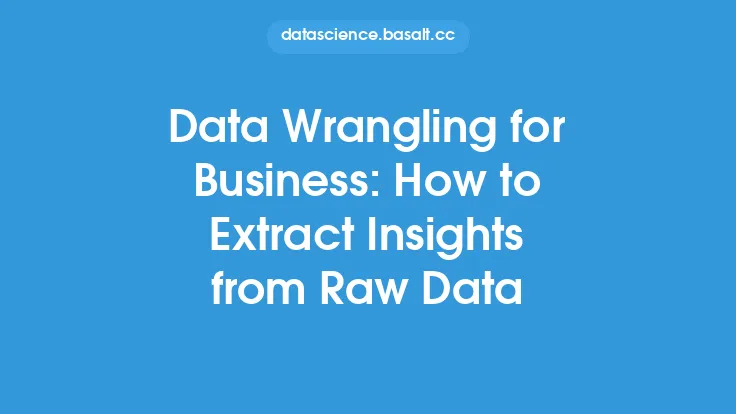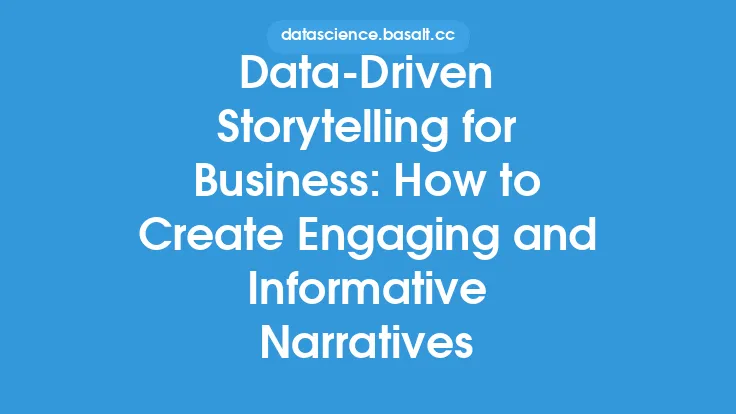In today's data-driven business landscape, the ability to extract insights from data and communicate them effectively is crucial for making informed decisions and driving business success. Data storytelling is the process of using data to tell a story that resonates with stakeholders, whether it's to inform strategic decisions, identify new opportunities, or optimize business operations. At the heart of data storytelling is the ability to craft a compelling business story that captures the essence of the data and conveys it in a way that is easy to understand and act upon.
Understanding the Components of a Compelling Business Story
A compelling business story is one that is built on a foundation of clear and concise communication, using data to support key messages and insights. The story should have a clear structure, including a setup, a confrontation, and a resolution, which provides context, highlights key challenges, and offers solutions or recommendations. The story should also be tailored to the audience, taking into account their level of understanding, interests, and motivations. By using data to support the story, businesses can create a narrative that is both informative and engaging, and that resonates with stakeholders.
The Role of Data Visualization in Business Storytelling
Data visualization plays a critical role in business storytelling, as it provides a way to communicate complex data insights in a clear and concise manner. By using visualizations such as charts, graphs, and tables, businesses can create a story that is easy to follow and understand, and that highlights key trends and patterns in the data. Effective data visualization should be intuitive, interactive, and dynamic, allowing stakeholders to explore the data and gain new insights. Some popular data visualization tools include Tableau, Power BI, and D3.js, which provide a range of features and functionalities for creating interactive and dynamic visualizations.
Crafting a Narrative with Data
Crafting a narrative with data requires a combination of technical skills, business acumen, and storytelling ability. The first step is to identify the key insights and trends in the data, and to determine the story that the data is telling. This involves using statistical and analytical techniques to extract insights from the data, and to identify patterns and correlations. The next step is to create a narrative that is supported by the data, using visualizations and other storytelling techniques to bring the story to life. The narrative should be clear, concise, and easy to follow, and should provide stakeholders with a clear understanding of the insights and recommendations.
Using Statistical and Analytical Techniques to Extract Insights
Statistical and analytical techniques play a critical role in extracting insights from data and crafting a compelling business story. Some common techniques include regression analysis, which is used to identify relationships between variables, and cluster analysis, which is used to identify patterns and groupings in the data. Other techniques include decision trees, which are used to identify key drivers and predictors, and text analysis, which is used to extract insights from unstructured data. By using these techniques, businesses can gain a deeper understanding of their data and create a narrative that is supported by evidence and insights.
Best Practices for Communicating Data Insights
Communicating data insights effectively is critical to crafting a compelling business story. Some best practices include using clear and concise language, avoiding technical jargon and complex terminology, and using visualizations and other storytelling techniques to bring the story to life. It's also important to tailor the story to the audience, taking into account their level of understanding, interests, and motivations. Additionally, businesses should use interactive and dynamic visualizations to allow stakeholders to explore the data and gain new insights. By following these best practices, businesses can create a narrative that is both informative and engaging, and that resonates with stakeholders.
The Importance of Context in Business Storytelling
Context is critical in business storytelling, as it provides stakeholders with a clear understanding of the insights and recommendations. Context includes information about the business, the industry, and the market, as well as any external factors that may be impacting the business. By providing context, businesses can create a narrative that is both informative and engaging, and that resonates with stakeholders. Context can be provided through a range of techniques, including data visualization, storytelling, and analytics. For example, a business may use data visualization to provide context about customer behavior, or use storytelling to provide context about the competitive landscape.
Measuring the Effectiveness of Business Storytelling
Measuring the effectiveness of business storytelling is critical to understanding the impact of the narrative on stakeholders. Some common metrics include engagement, which measures the level of interest and participation, and conversion, which measures the number of stakeholders who take action. Other metrics include retention, which measures the level of understanding and recall, and return on investment (ROI), which measures the financial impact of the narrative. By using these metrics, businesses can gain a deeper understanding of the effectiveness of their business storytelling and make adjustments to improve the narrative and increase its impact.
Conclusion
Crafting a compelling business story with data is a critical skill for businesses in today's data-driven landscape. By using data to tell a story that resonates with stakeholders, businesses can inform strategic decisions, identify new opportunities, and optimize business operations. Effective business storytelling requires a combination of technical skills, business acumen, and storytelling ability, as well as a deep understanding of the audience and the context. By following best practices and using statistical and analytical techniques to extract insights, businesses can create a narrative that is both informative and engaging, and that drives action and results.
